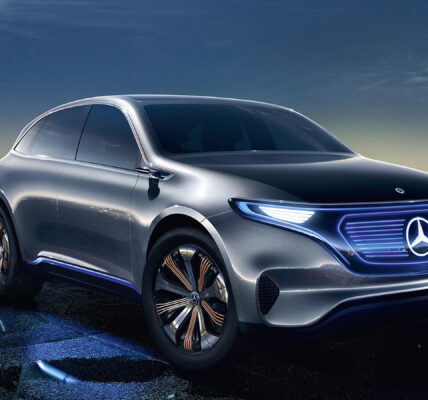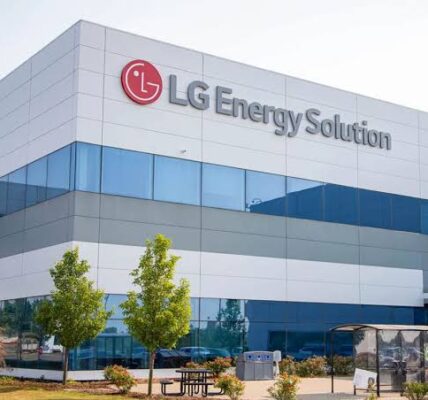“India will need over 1.9 million public chargers and 275,000 battery-swapping stations by 2040”
India’s electric vehicle (EV) charging infrastructure sector is at a critical inflexion point, with Indian electric distribution companies (discoms) poised to play a pivotal role. Although momentum is building, with EVs making up 6.4 per cent of all vehicle sales in India in 2023, they still represent a small portion of vehicles on the road — less than 1 per cent of the total vehicle stock as of April 2025. By 2040, RMI estimates India will need over 1.9 million public chargers and 275,000 battery-swapping stations. These will be needed to achieve the country’s targets of 30 per cent EV penetration by 2030 and energy independence by 2047. Although over 25,000 public chargers and 2,600 battery swapping stations are already deployed, several barriers continue to hinder market growth.
In parallel, India’s power sector has grown significantly over the past decade — electricity demand has grown by over 50 per cent and peak demand by nearly 80 per cent. Given their unique positioning as power providers for EV infrastructure, discoms have an opportunity to help India scale-up its EV charging and battery swapping to meet future market needs.
Expanding India’s EV transition depends on building accessible, reliable, and well-planned EV infrastructure that signals a clear market shift to consumers. This report explores the diverse roles discoms can play in the transition — from enabling the market, to directly implementing infrastructure as charge point operators (CPOs). It also outlines key challenges, priority actions to drive market growth, and business models suited to discoms acting as CPOs.
Over 70 discoms operate across India’s 28 states and eight union territories, navigating a complex and fragmented environment shaped by national and state-level regulation. Despite these challenges, discoms are positioned to support EV infrastructure, whether as a CPO or by enabling private sector participation.
Challenges and solutions
Although EV infrastructure represents an opportunity for discoms, realising these opportunities is contingent on addressing several barriers, including:
• Increased grid load from EVs: EV charging as a percentage of overall total electricity demand may remain relatively low (e.g., 3 per cent by 2031–32 according to Indian Energy Storage Alliance) but understanding the ramp-up over time and locational load growth patterns will be key to reducing peak demand spikes and costly grid infrastructure upgrades.
• Lack of transparent interconnection processes and cost information: CPOs face uncertainty or lack of clarity on interconnection costs and utility charges, adding financial constraints. Additionally, long timelines for the interconnection of EV infrastructure and unclear processes can delay projects and extend the payback periods.
• Unclear business model viability: Low charger utilisation rates, high up-front costs (e.g., grid infrastructure upgrades, utility charges, etc.), and land constraints in dense urban areas are putting the viability of some EV infrastructure business models into question. Lack of affordable financing due to minimal market data and proof points compounds this challenge. This challenge limits the proliferation of EV infrastructure, including a discom’s ability to become a CPO, despite market need.
India is not alone in facing these challenges, many countries have faced similar challenges while developing EV infrastructure. Electric utility involvement in EV infrastructure buildout has been a key enabler for countries with high EV adoption when they were at a similar market inflection point that India is experiencing now.
• Norway: Driven by government action and support — such as EV infrastructure targets — electric utilities and energy companies played a significant role in establishing charging networks during the early stages of the country’s EV transition. Market signals from government actions encouraged utility investment, and by 2017, the country had 1,500 chargers installed, up from 300 in 2014. Resultantly, private charging startups entered the market, gradually easing the infrastructure ownership and maintenance burden on utilities.
• China: Early EV infrastructure development was driven by two large state-owned utilities that built and funded charging stations. Over time, market signals triggered by high EV adoption rates led to independent EV charging companies entering the market, often backed by investment funds, which began to scale deployment of charging infrastructure
Pathways for discoms: roles and business models
Exhibit 1 presents a spectrum of discom roles in EV infrastructure, from market-enabling to market-leading. All roles are essential to advancing the EV transition. Market-enabling roles typically involve lower capital investment, risk, and complexity, while market-leading roles may include discoms operating as CPOs. Discoms, when establishing EV infrastructure, should evaluate business models deployed nationally and globally to identify the best fit for their needs. The examples are not exhaustive but present options. They are:
• Integrate slow charging, fast charging, and battery swapping.
• Promote collaboration among DISCOMs, sub-national governments, private stakeholders, and financing institutions.
• Monetise additional revenue streams and/or reduce costs.
• Follow public-private partnerships (PPP) models that are commonly used in India and require low up-front investment, such as build-own-operate-transfer and operation and maintenance.
The way forward
India’s EV transition offers discoms a strategic opportunity to take a leading role in the future of mobility and the power sector. As EV adoption accelerates, discoms will be central to ensuring that infrastructure keeps pace with demand in a variety of roles.
To respond to this challenge, discoms should focus on four priority actions:
• Streamline operational processes to reduce barriers for private CPOs and improve cost transparency.
• Strategically plan for EV load growth through long-term forecasting and infrastructure upgrade strategies.
• Support demand-side management by piloting smart charging technologies and investing in load-mitigation tools like smart meters and demand response programmes.
• Explore innovative business models for EV infrastructure buildout including PPP and models that leverage concessional land and revenue sharing.
Despite challenges such as grid infrastructure upgrades, limited load growth visibility, and uncertain business model viability, international examples showcase that discom leadership during early infrastructure development can catalyse the market, leading to the deployment of necessary energy infrastructure. With focused action and stronger cross-sector coordination, discoms can help build a robust, scalable, and inclusive EV infrastructure ecosystem — one that supports national goals while strengthening the grid for the future.







